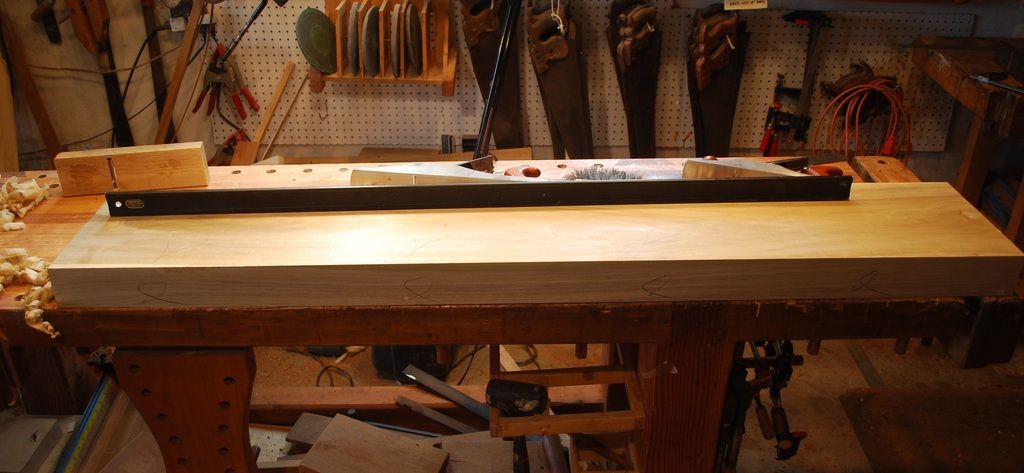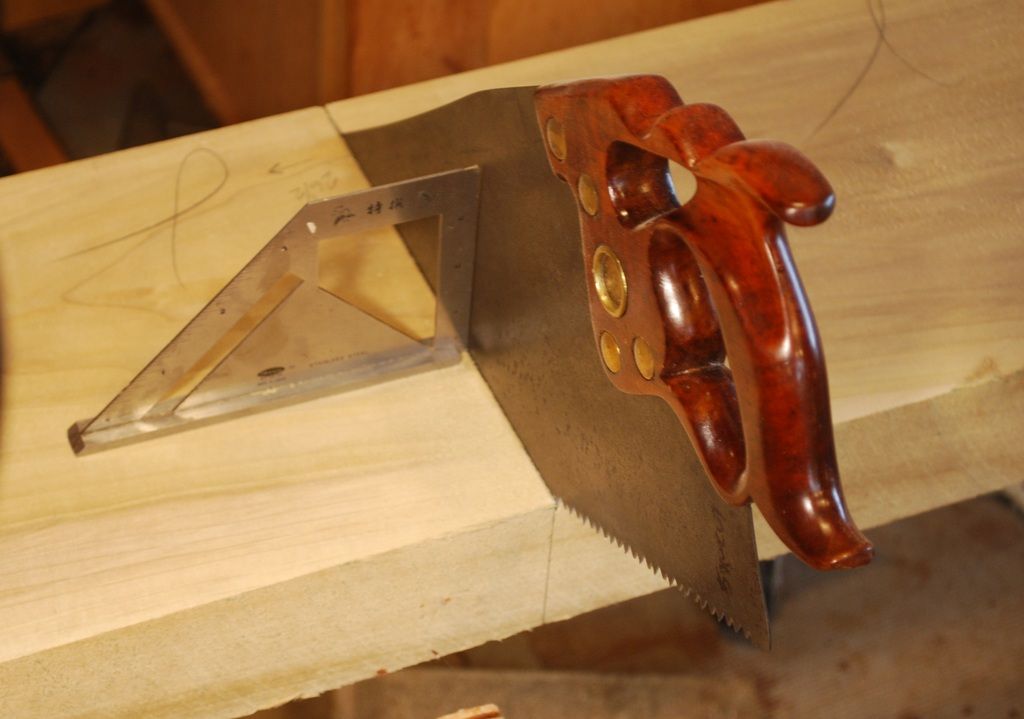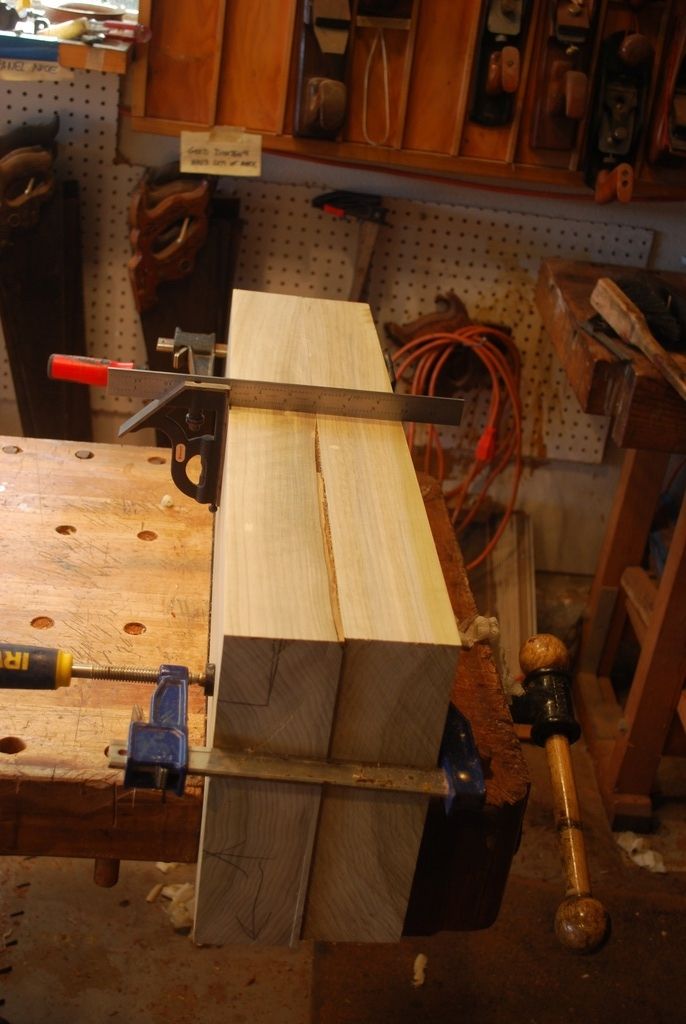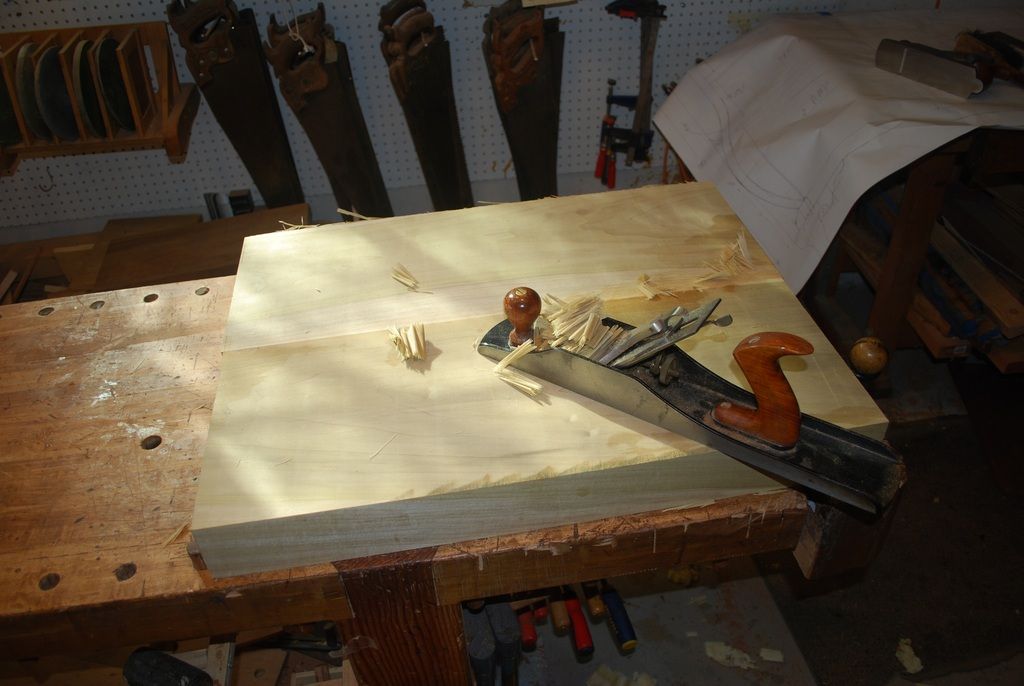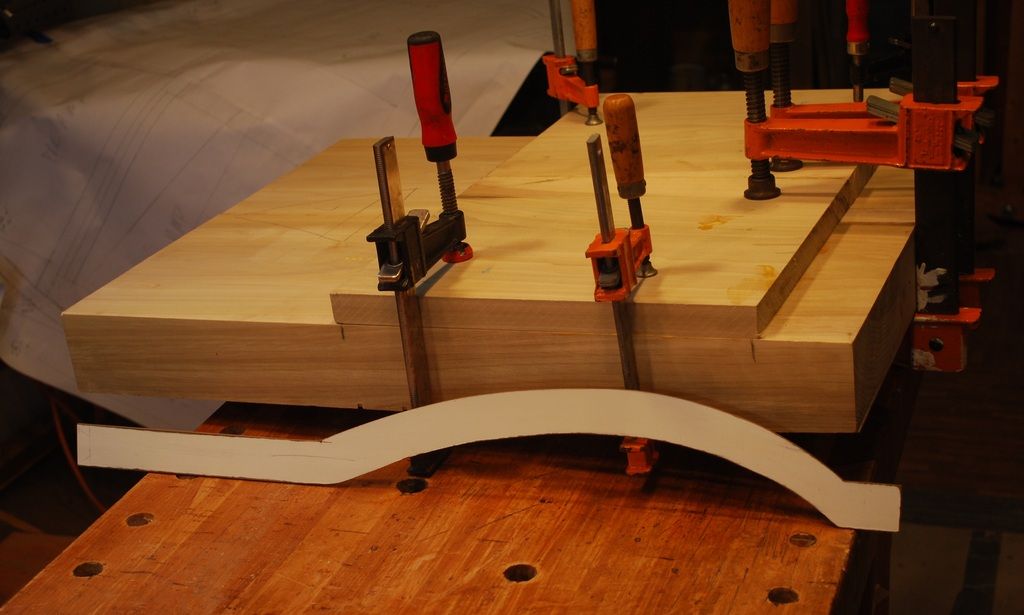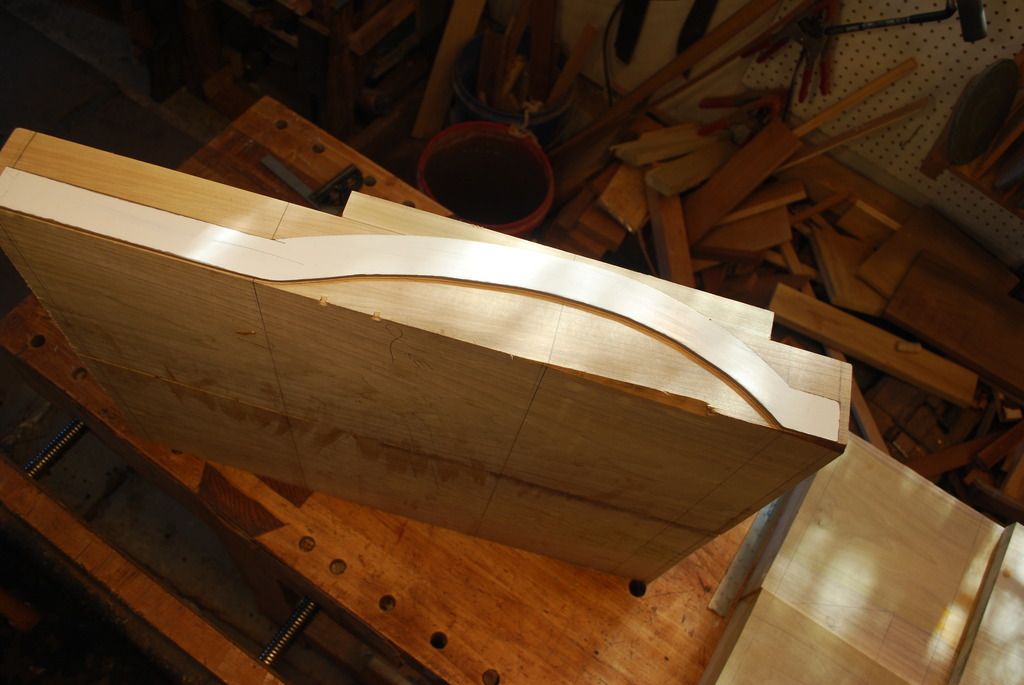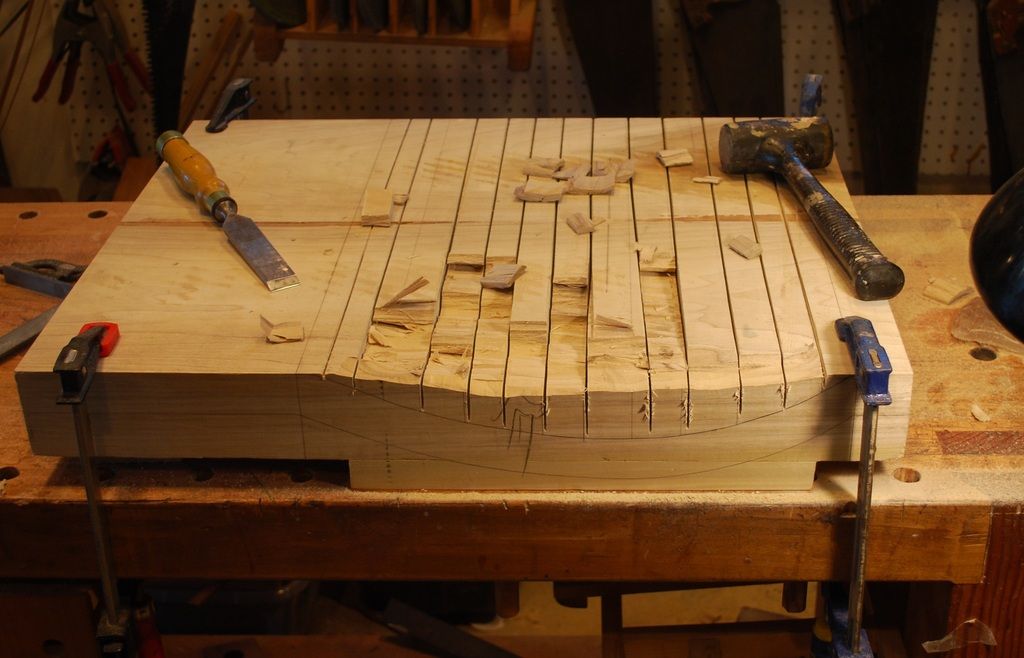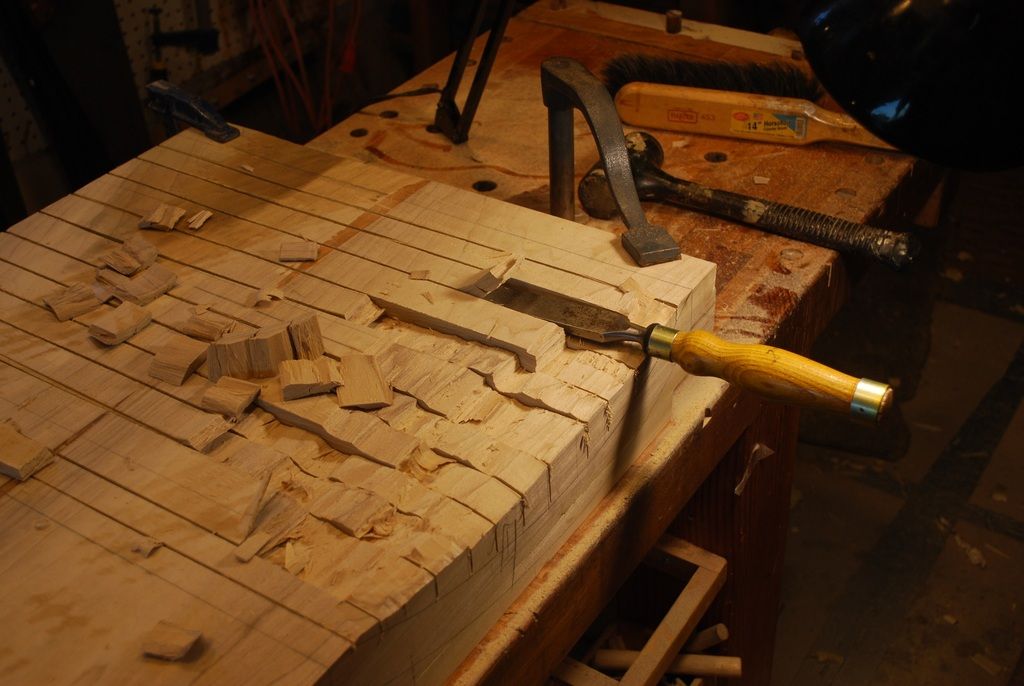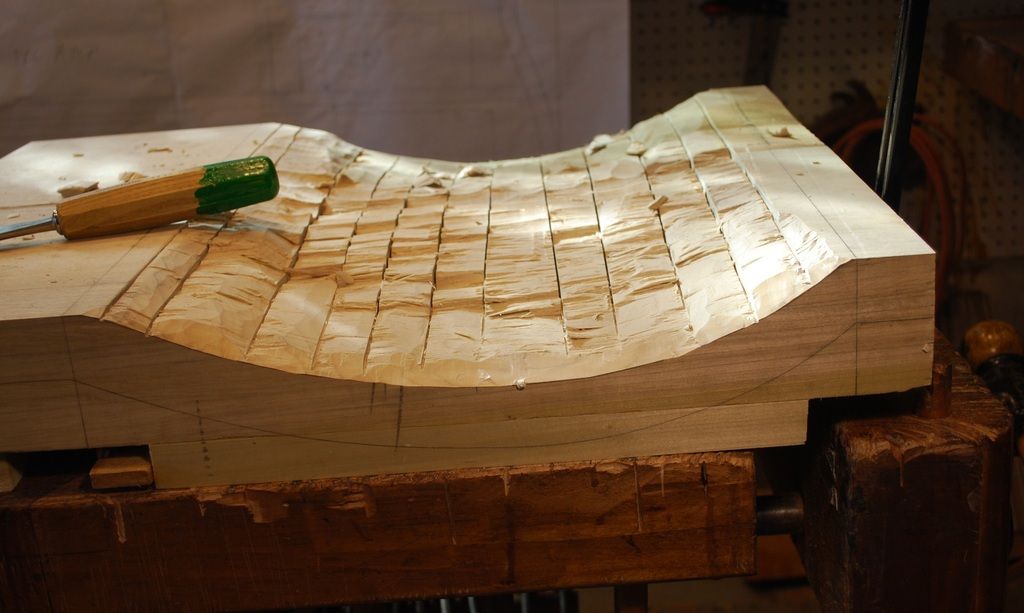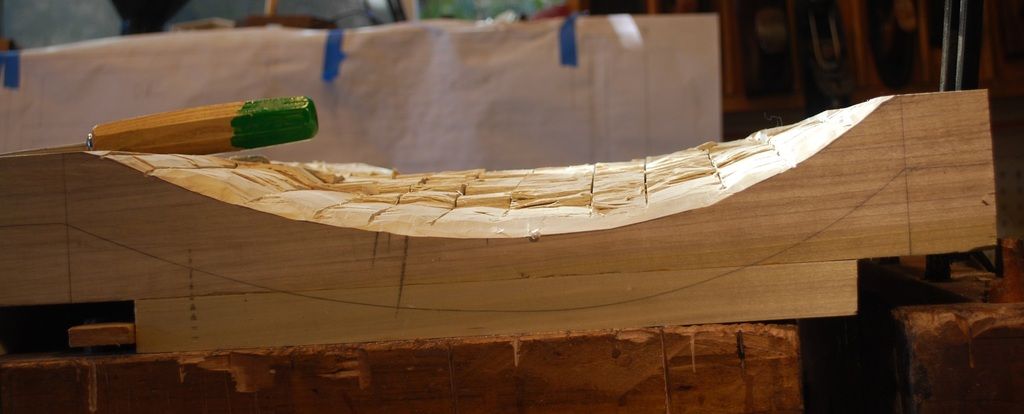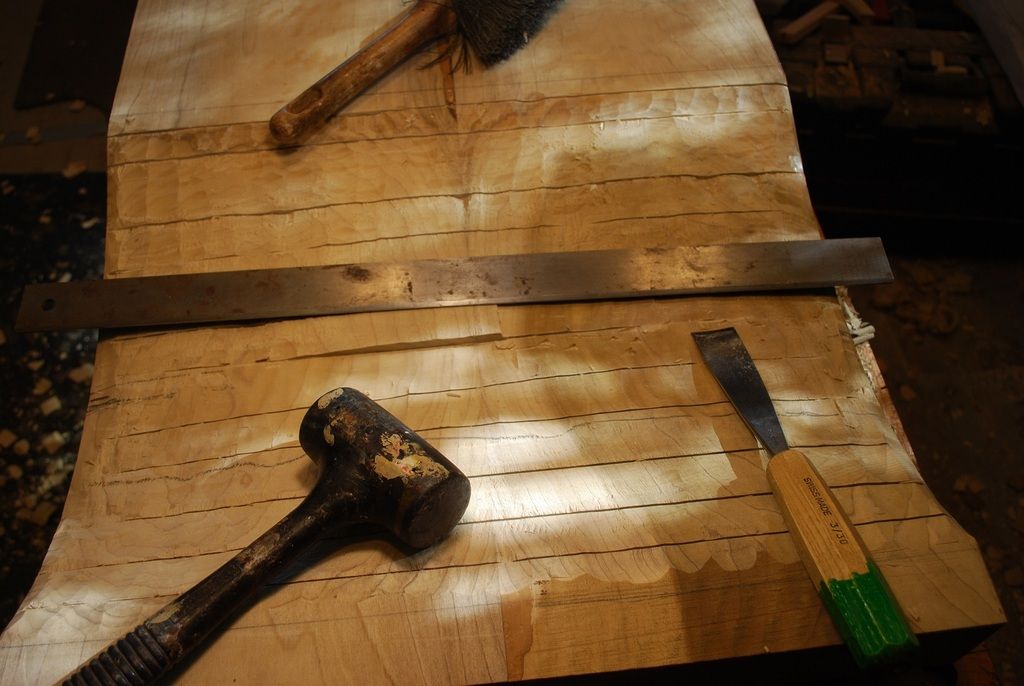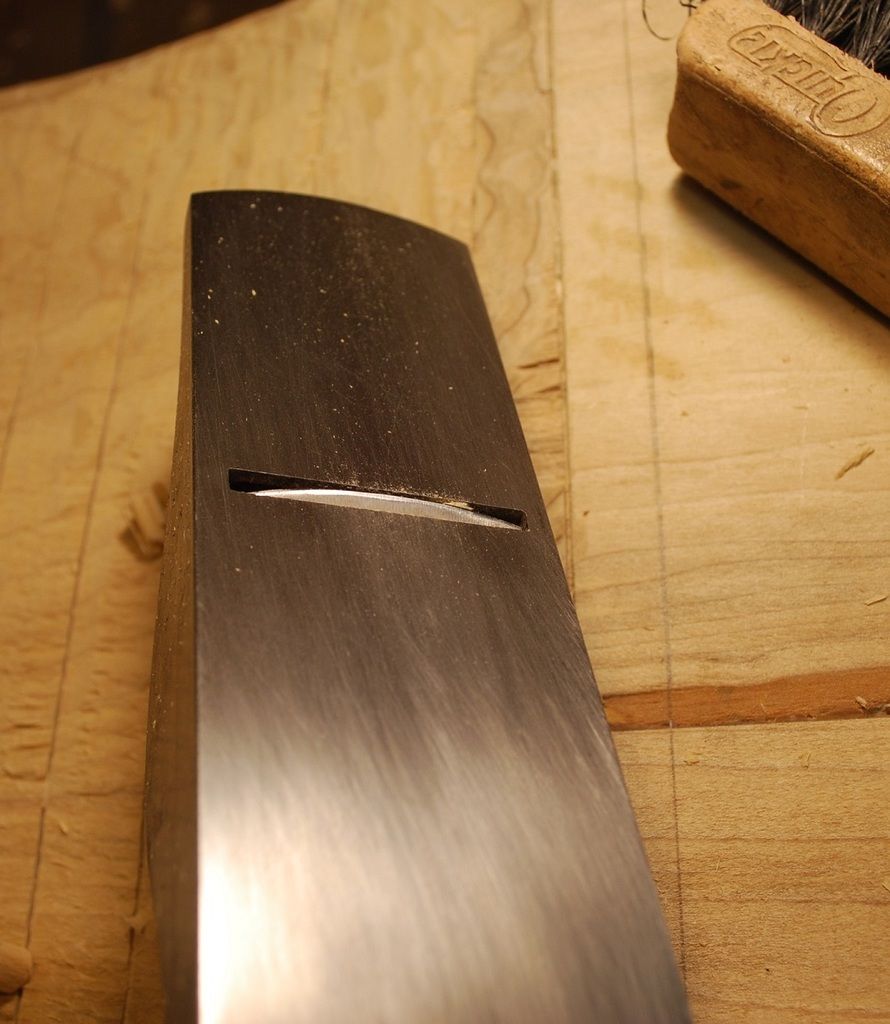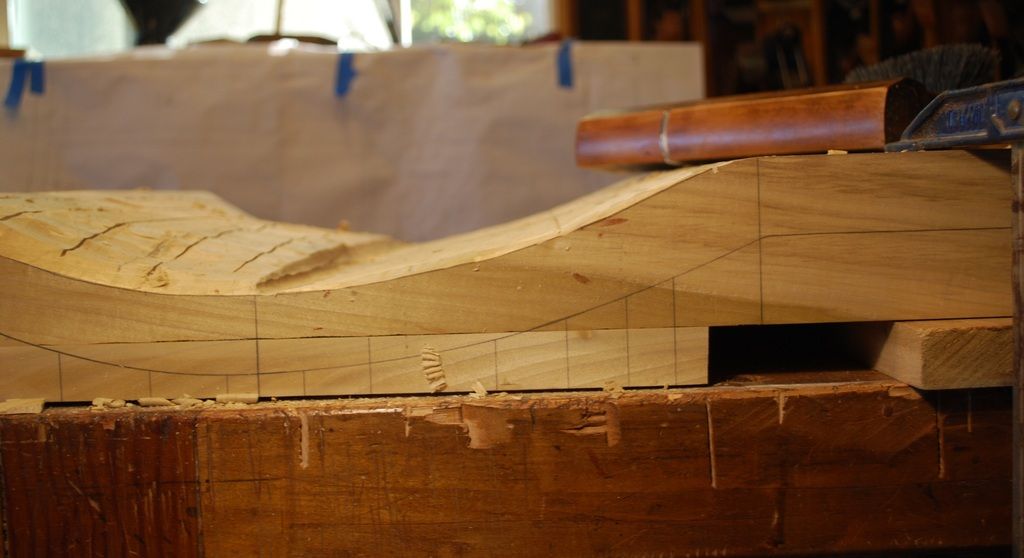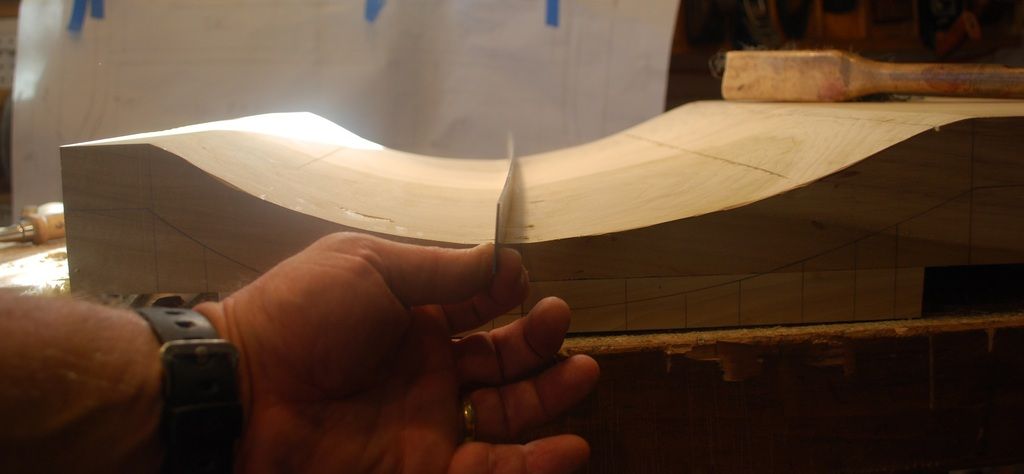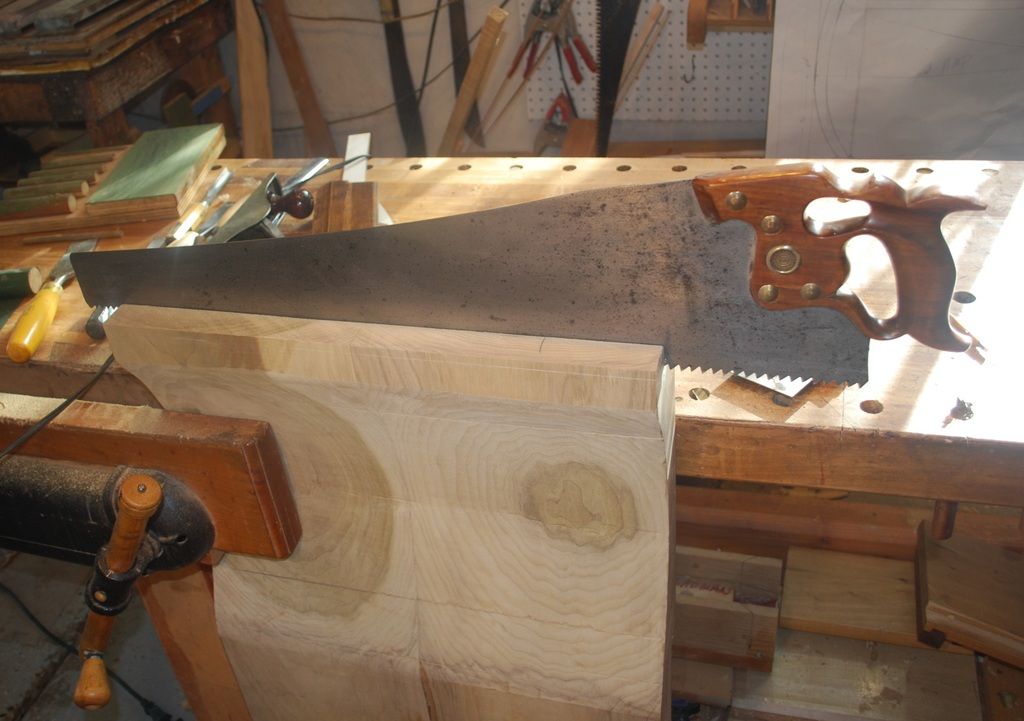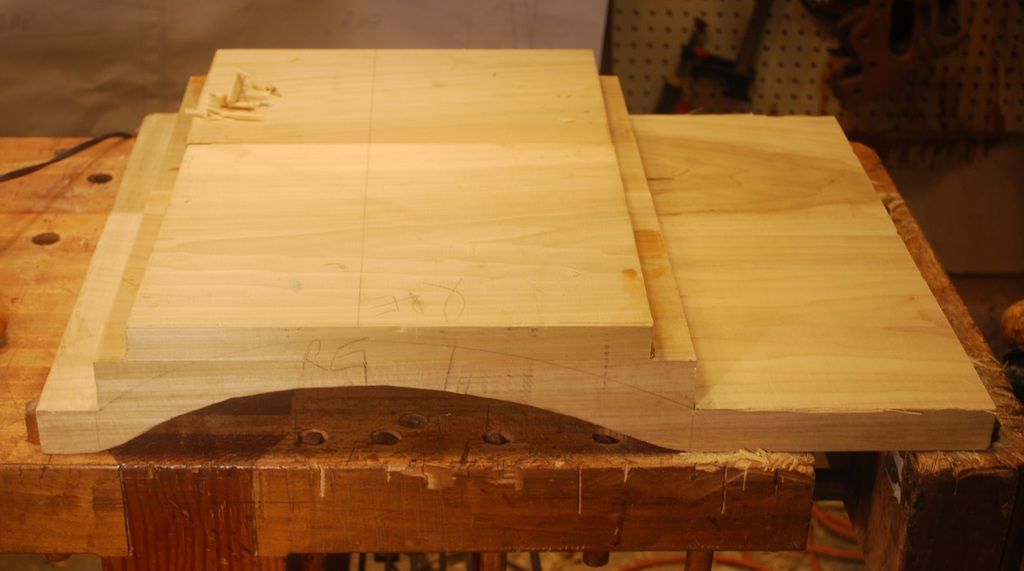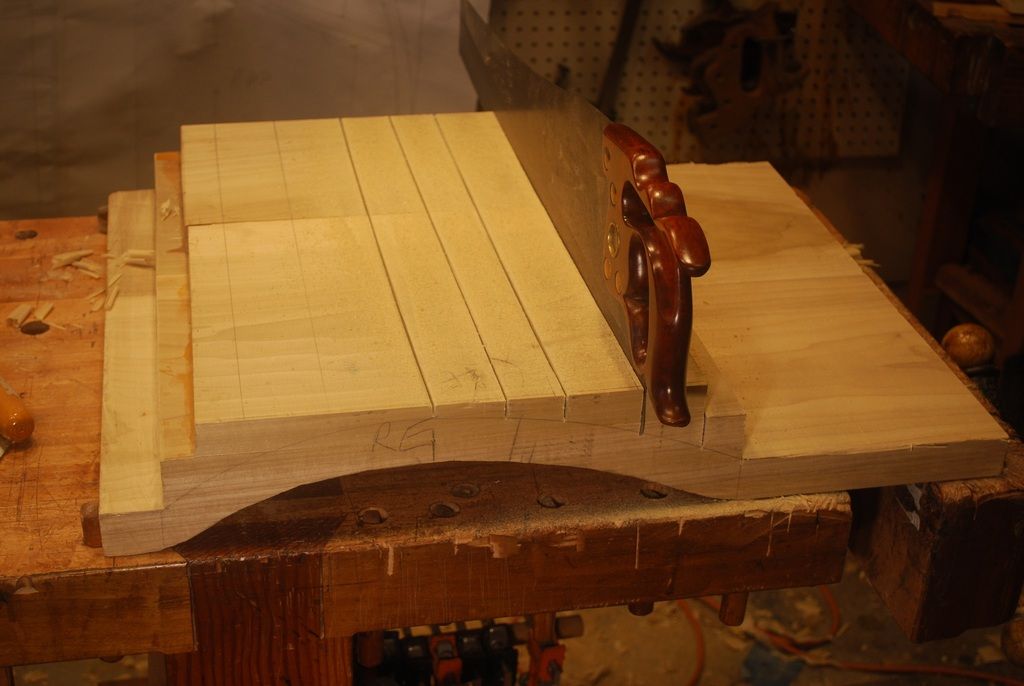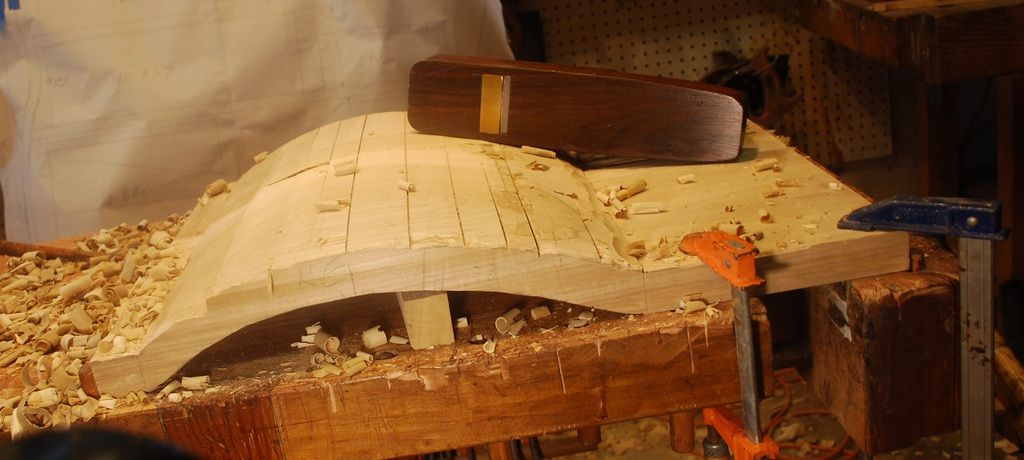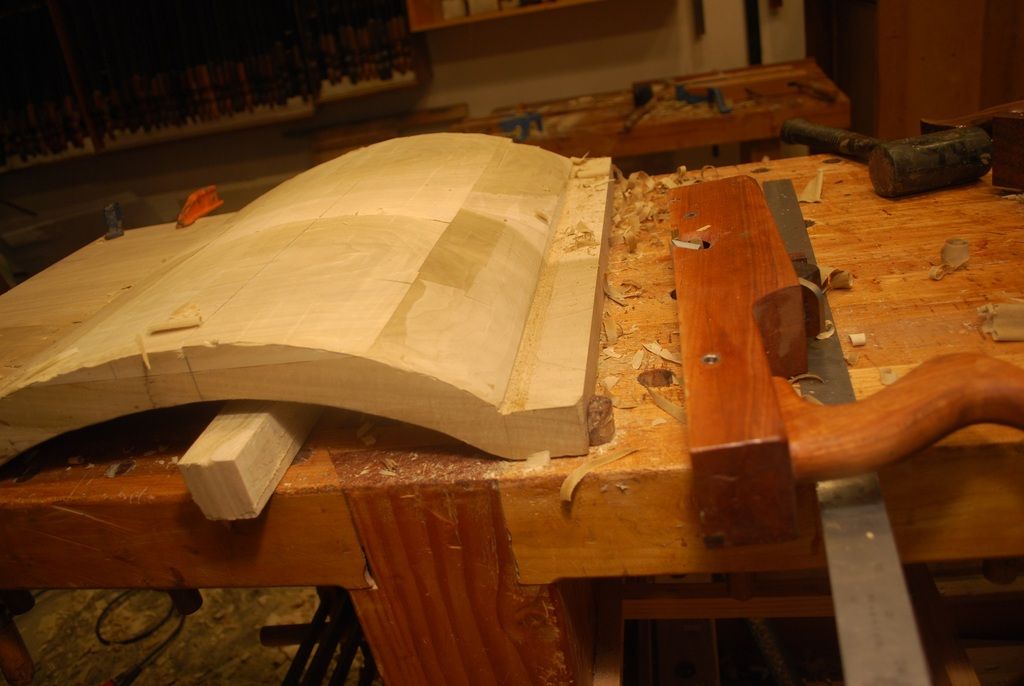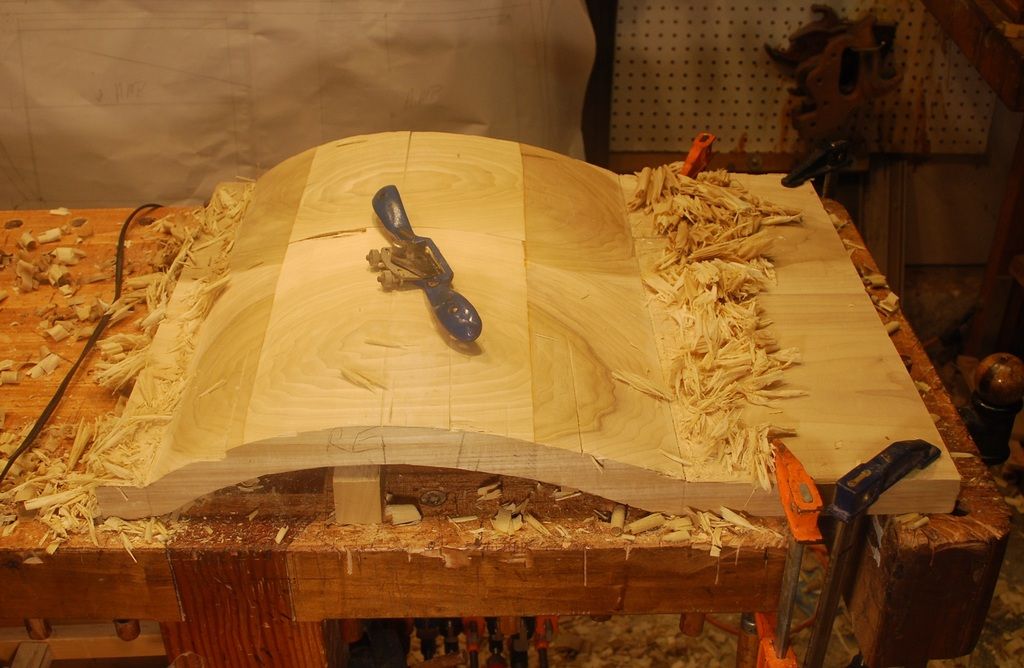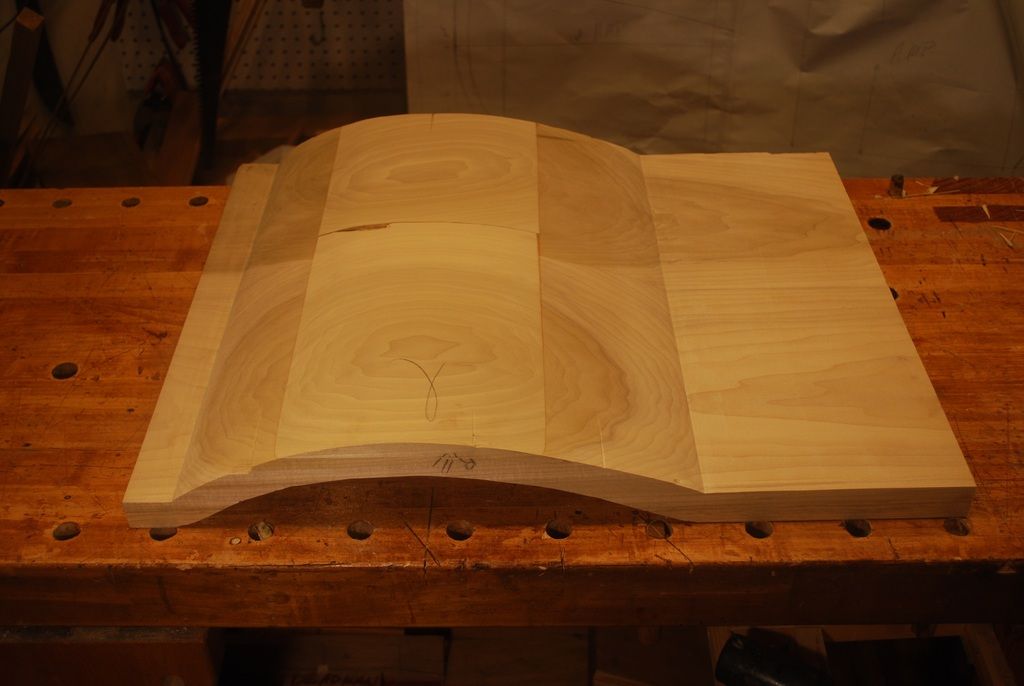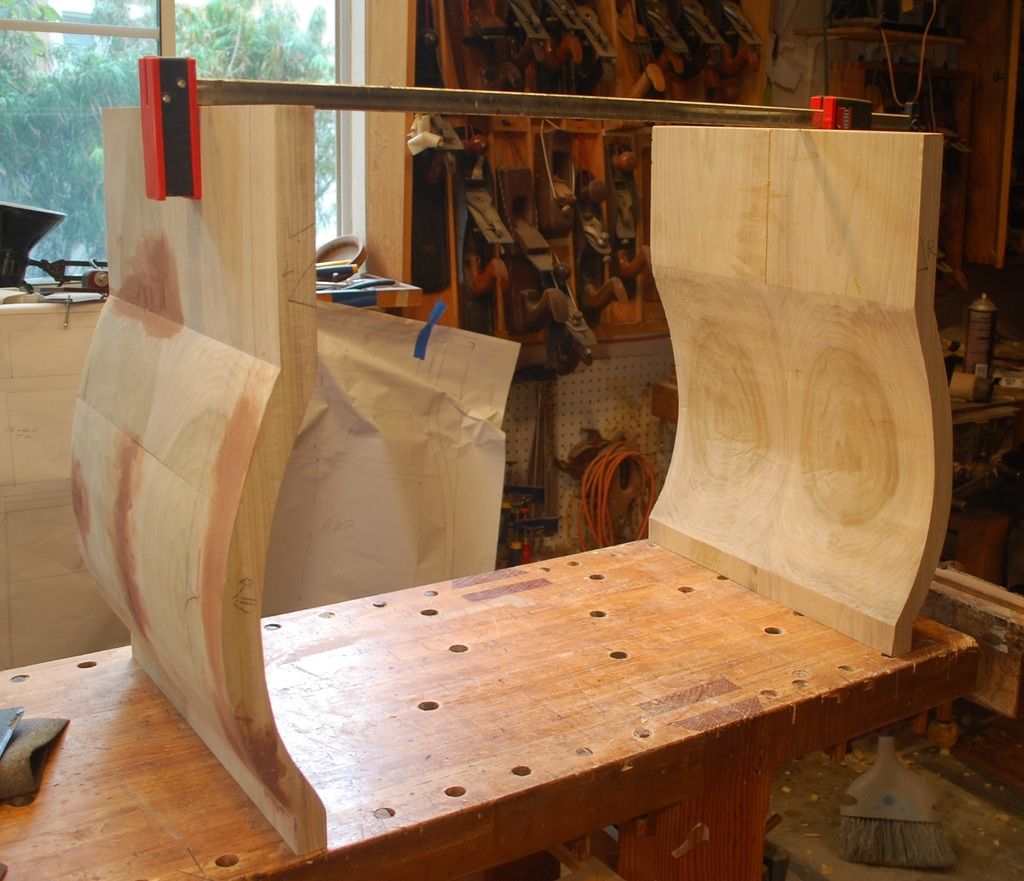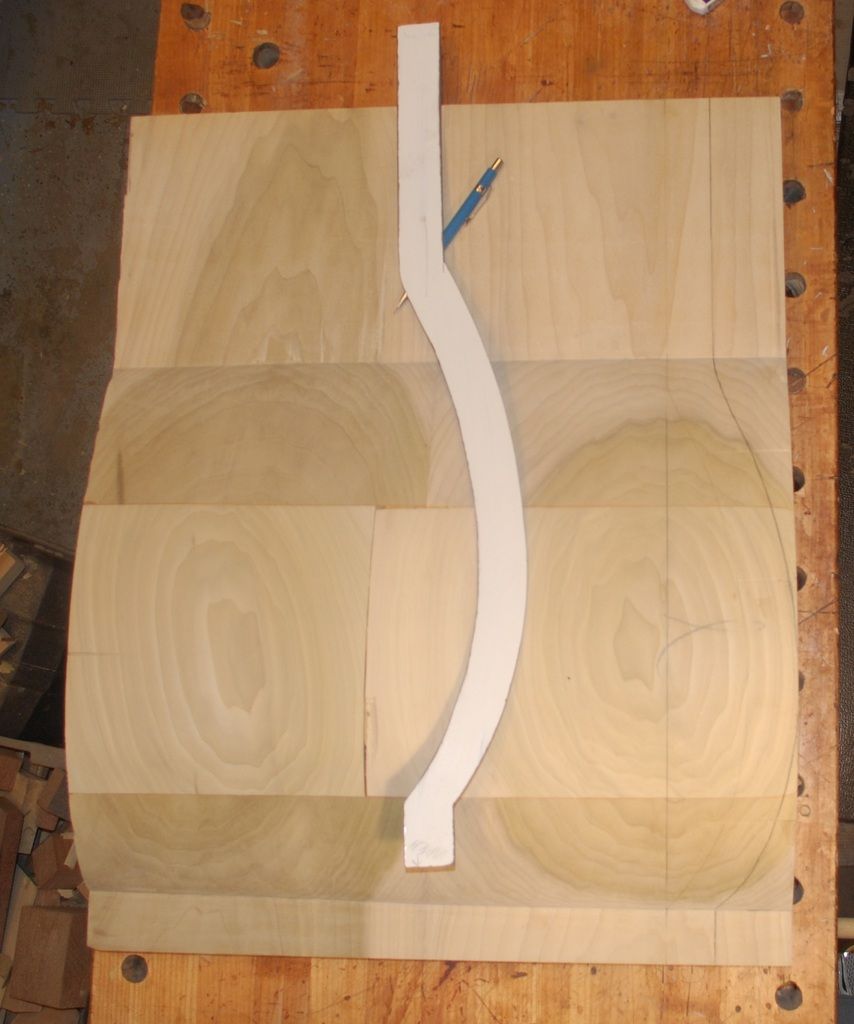There’s a previous post that has the first part of this build. Based on suggestions from my fellow Creekers, I’m going to put all the rest of the build on this thread, rather than creating separate posts for subsequent steps.
The first post showed carving the ball and claw feet. A couple things I neglected to mention that may be helpful for those interested in adding a little carving to their furniture projects:
1. One of the biggest barrier that prevented me from getting started with carving was I didn’t really know what carving tools I needed and I assumed I would need a lot . Pic of the tools I use for 99% of the carving: gouges # 2, # 3, # 5, # 11, a couple bench chisels, half round rasps/file, card scrapers and sandpaper.
2. FWIW, my suggestion is to buy the carving tools you’ll need to do a specific project and build from there. I was surprised at what you can do with relatively limited kit. Secondly, rasps/files are your friend. For me, using a gouge to carve the upper surface of curved elements isn’t always the best choice, particularly if the grain isn’t cooperating. I’m not sure if true carvers would consider that “cheating”, but it’s been helpful for me.
3. It’s worth it to spend a little time to make a durable template for your carving projects. Initially I tried to shortcut this step by using paper drawings for layout. For me using two-dimensional paper to layout three-dimensional carving designs was problematic. The other plus is that over time you will build a set of templates you can use for future projects.
4. A key part of the layout/carving of symmetrical B&C feet are the 2 concentric circles on the bottom that represent the diameter of the ball at the midpoint and diameter at the floor. I suggest you leave final shaping of the bottom half of the ball to the correct diameter at the floor until after you finish the claws. You want all these finished surfaces to meet in a nice circle and shaping the claws may require removing more wood than you anticipate.




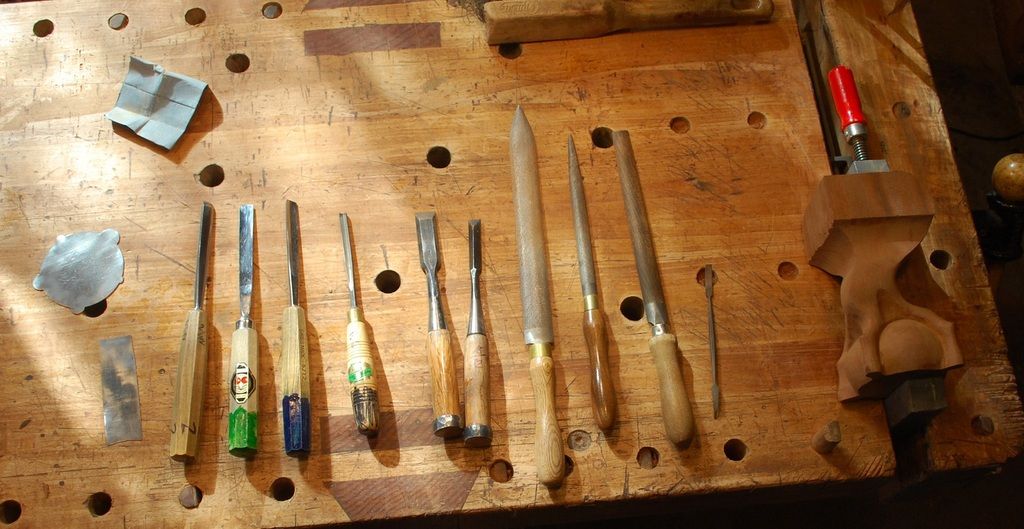

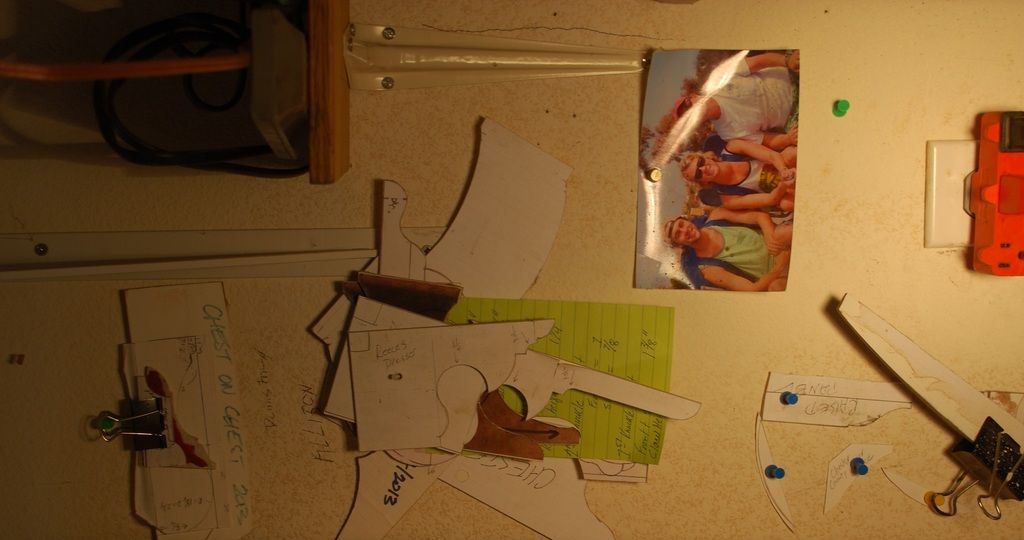
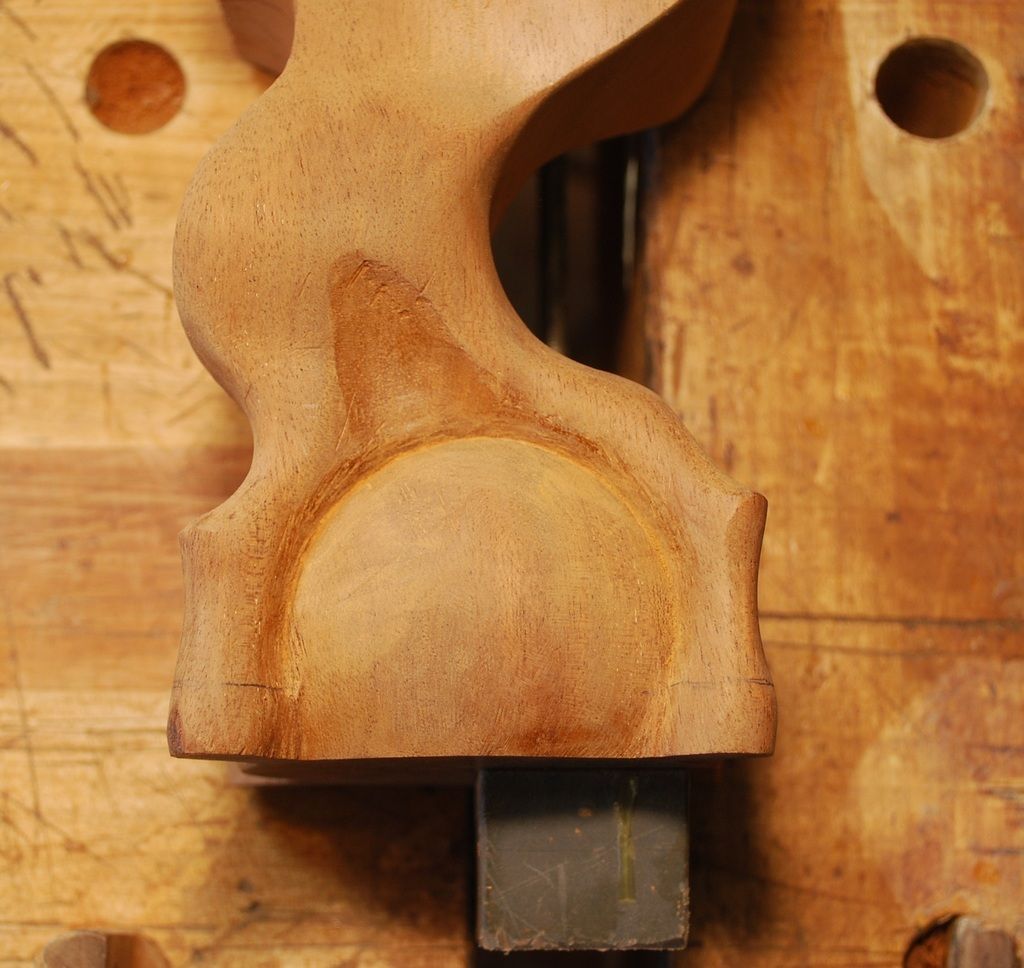
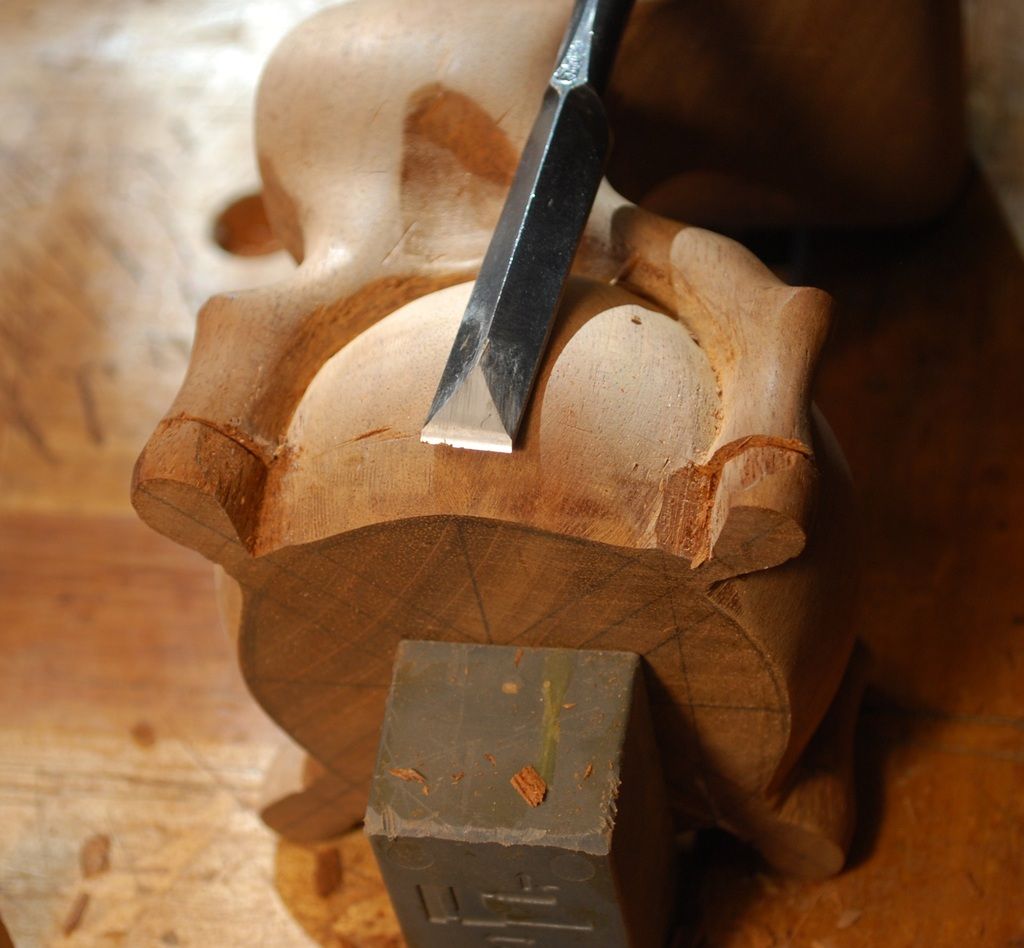
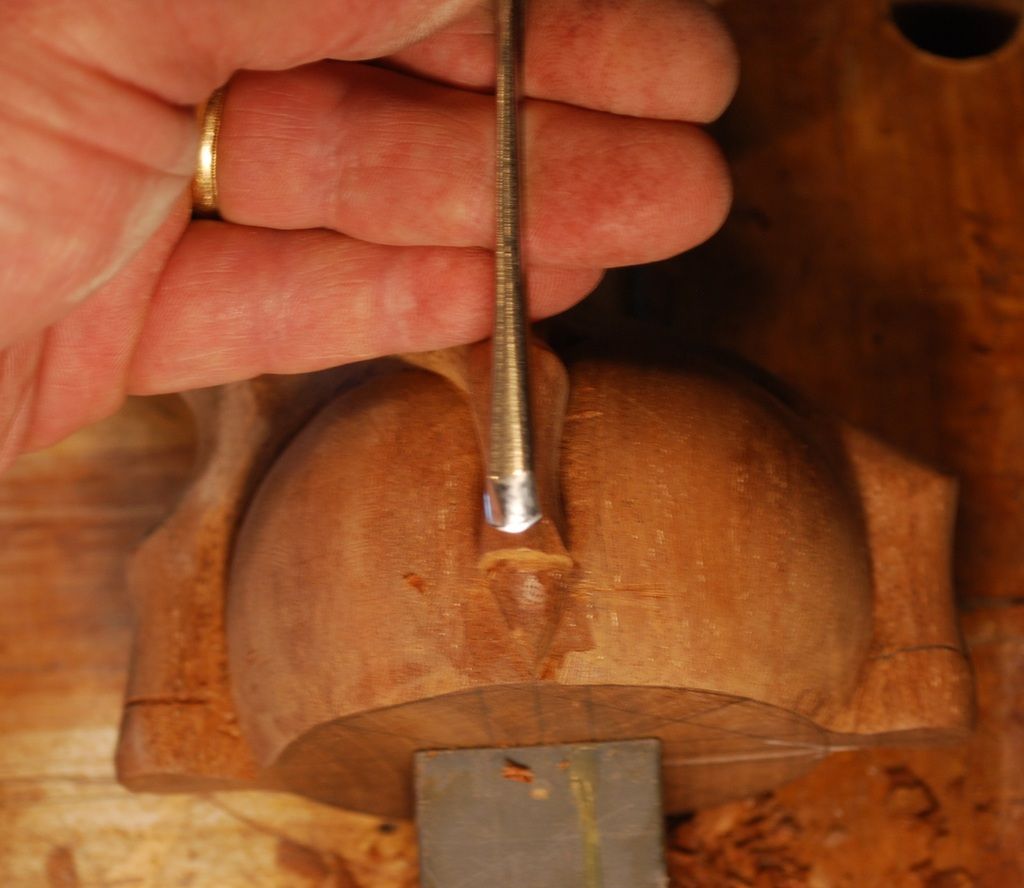
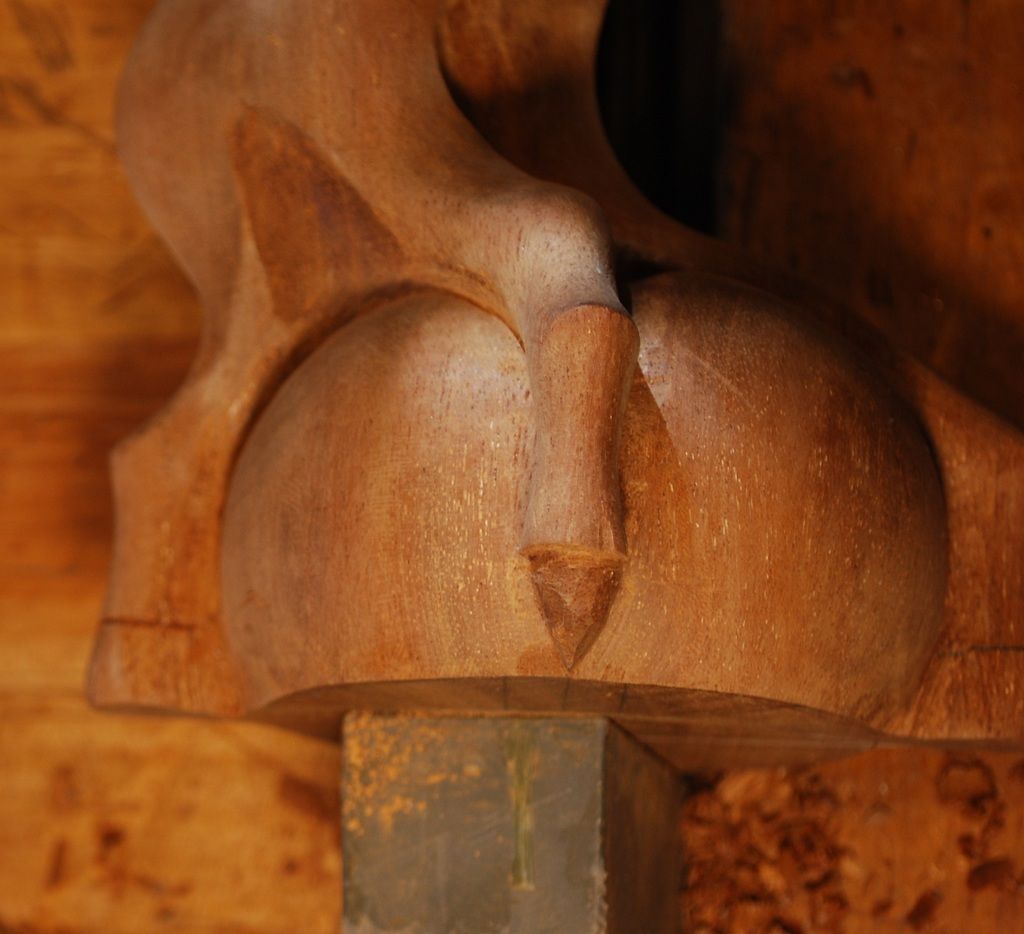

 Reply With Quote
Reply With Quote
